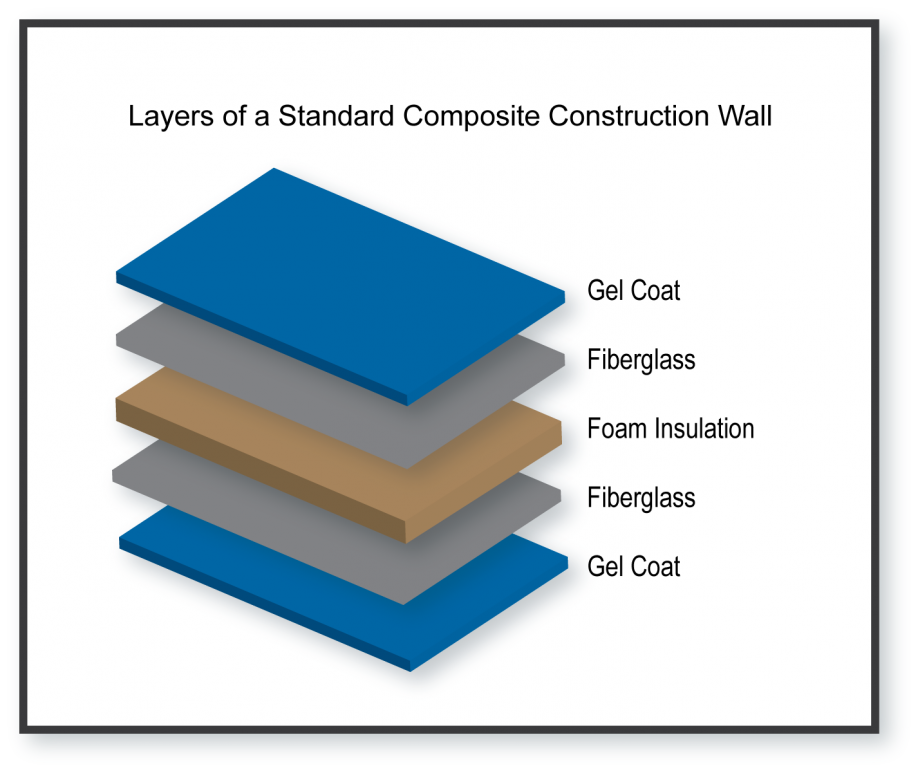The Benefits of Using Composites in Construction Materials
The Benefits of Using Composites in Construction Materials
Blog Article
From Waste to Wonder: How Recycled Composites Are Revolutionizing Numerous Applications
As markets worldwide are increasingly prioritizing sustainability and environmental obligation, the use of recycled composites has actually become a transformative option across different markets. From enhancing the performance of vehicle parts to providing sustainable options in building and construction materials, the applications of recycled composites are substantial and appealing. By repurposing waste materials right into cutting-edge composite structures, suppliers are not just reducing their environmental impact but likewise unlocking a world of opportunities for developing long lasting, reliable, and eco-friendly items. The implications of this change towards recycled composites are extensive, proclaiming a brand-new period of sustainable techniques and technological advancements that are reshaping markets in unexpected methods (composites).
The Rise of Recycled Compounds
The enhancing adoption of recycled compounds in various markets mirrors an expanding recognition of their financial and ecological advantages. Recycled compounds, originated from materials such as reclaimed carbon fiber or recycled plastics, offer a sustainable choice to conventional products without compromising on performance. Industries ranging from automobile and construction to aerospace and consumer goods are significantly transforming to recycled composites to satisfy their production needs.
One key motorist behind the increase of recycled compounds is the press towards sustainability and eco-friendliness. Firms are under boosting pressure to decrease their carbon footprint and lessen waste generation. Recycled composites supply a service by using products that would or else end up in landfills, thereby promoting a round economic situation.
Additionally, the economic benefits of utilizing recycled composites can not be ignored. These products are commonly much more cost-effective than their virgin equivalents, offering business a method to decrease production expenses without giving up quality. As improvements in reusing innovations continue to boost, the fostering of recycled composites is expected to additional boost across varied sectors.
Benefits in Automotive Industry

Sustainable Solutions in Construction
Including sustainable methods in building projects is vital for lessening ecological impact and promoting long-lasting feasibility in the built setting. With the building market being just one of the biggest contributors to carbon discharges and waste generation around the world, the fostering of lasting options is essential in minimizing these unfavorable effects. Recycled composites are playing a considerable duty in revolutionizing building and construction techniques by providing a much more environmentally friendly alternative to typical building materials.
Recycled composites, acquired from materials such as reclaimed rubber, timber, and plastic, provide a lasting alternative for numerous building and construction applications. These products not only assist in minimizing waste yet additionally provide versatility, strength, and longevity equivalent to traditional building and construction materials. By integrating recycled composites right into structure layouts, building jobs can add to resource conservation and power effectiveness while keeping high efficiency requirements.
Moreover, the usage of recycled composites in construction straightens with the growing need for green buildings and sustainable facilities. As ecological guidelines end up being more stringent and the concentrate on sustainability intensifies, the building and construction market is significantly turning address to recycled composites as a practical remedy for creating eco-conscious buildings and structures.
Eco-Friendly Innovations in Product Packaging
Naturally degradable products such as mushroom product packaging, seaweed-based click to read more films, and compostable plastics offer encouraging solutions to the plastic contamination situation. These cutting-edge materials not just disintegrate naturally, minimizing ecological impact, but likewise offer equivalent capability and longevity to traditional product packaging options.
Additionally, the assimilation of recycled materials right into packaging production processes additionally boosts sustainability efforts. By including post-consumer recycled web content, business can lower the demand for virgin products, save natural sources, and promote a round economic situation in the packaging industry.
Transforming Textiles With Recycled Composites
In the realm of lasting products, the emphasis now moves in the direction of changing textiles with the cutting-edge use of recycled compounds. This evolution in textile manufacturing is driven by the pushing requirement for more eco-friendly techniques in the style and fabric sectors. Recycled compounds offer an appealing solution by incorporating products like plastics, carbon fiber, and glass fiber to produce resilient and versatile fabrics.
Among the crucial advantages of making use of recycled composites in fabrics is the capability to repurpose waste materials that would certainly or else wind up in garbage dumps. By including recycled elements into materials, manufacturers can minimize their environmental impact and add to a more round economic climate - composites. In addition, textiles made from recycled composites usually display improved sturdiness, efficiency, and toughness qualities, making them suitable for a vast Web Site array of applications
As consumer demand for sustainable products continues to increase, the adoption of recycled compounds in textiles is positioned to grow dramatically. This change towards even more eco-friendly textile production not only benefits the planet however likewise opens up new opportunities for development and creative thinking in the fashion and fabric industries.
Conclusion

From improving the efficiency of vehicle parts to providing lasting choices in building products, the applications of recycled compounds are vast and appealing. Recycled compounds, derived from materials such as reclaimed carbon fiber or recycled plastics, offer a lasting choice to traditional materials without compromising on performance. Furthermore, the use of recycled composites promotes the round economic climate by drawing away waste from landfills and reducing the need for virgin raw products - composites.Recycled compounds, obtained from products such as redeemed rubber, wood, and plastic, offer a sustainable alternative for different construction applications.In the world of lasting products, the emphasis now moves in the direction of changing fabrics with the innovative use of recycled composites
Report this page